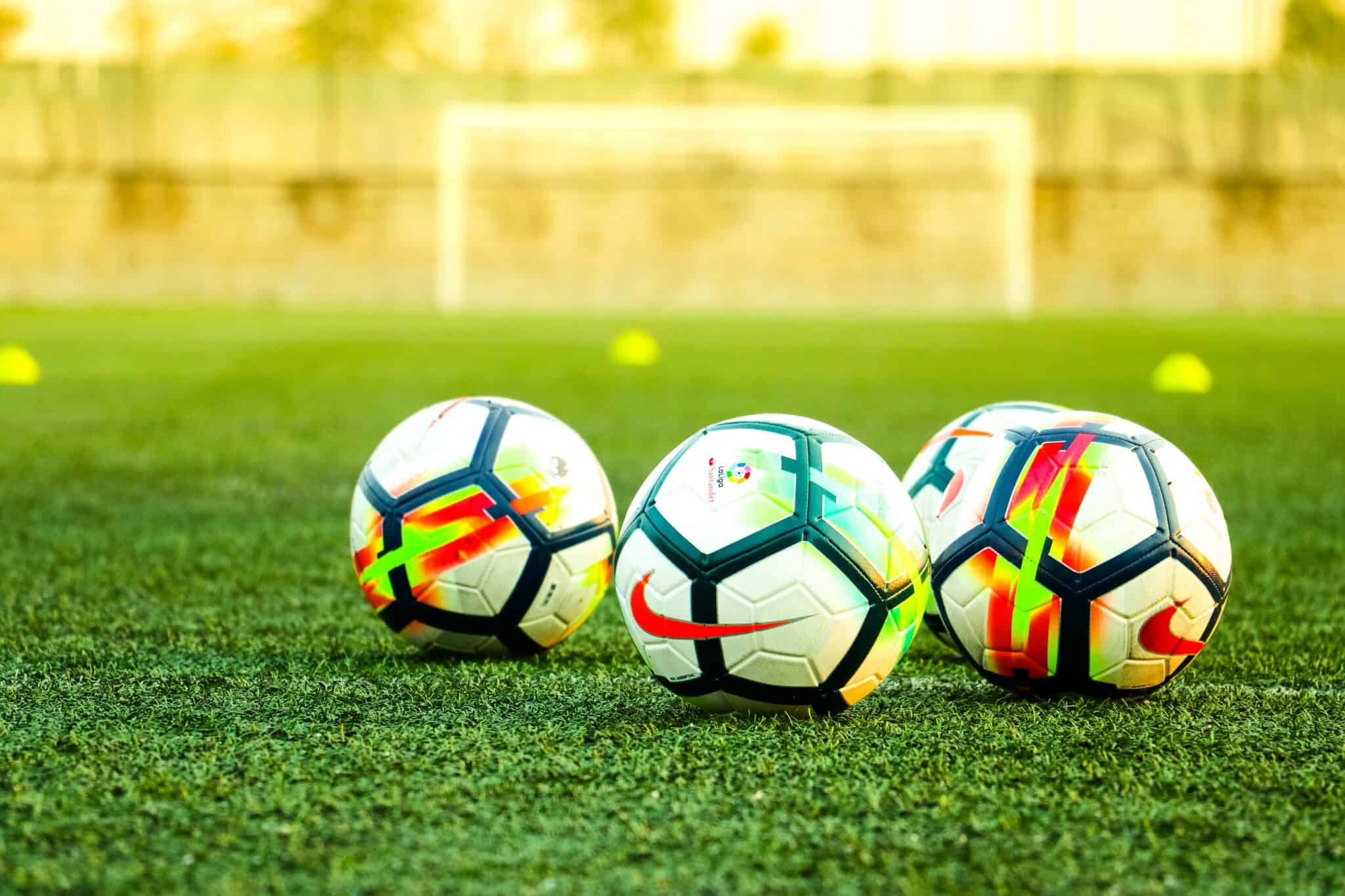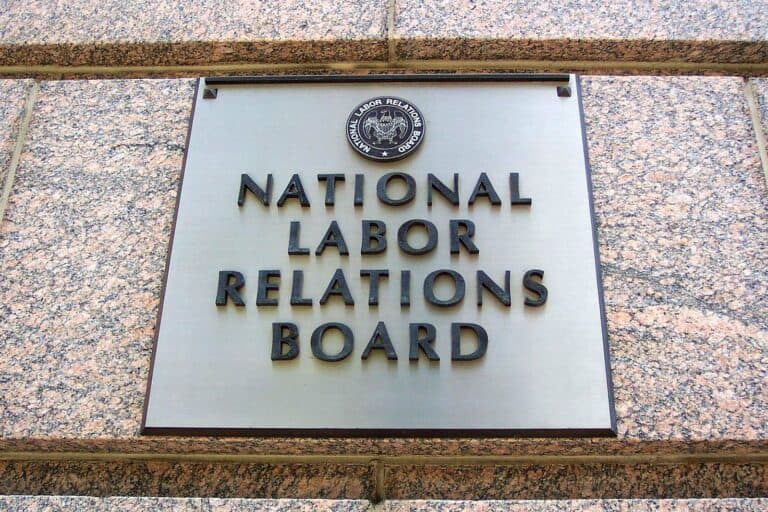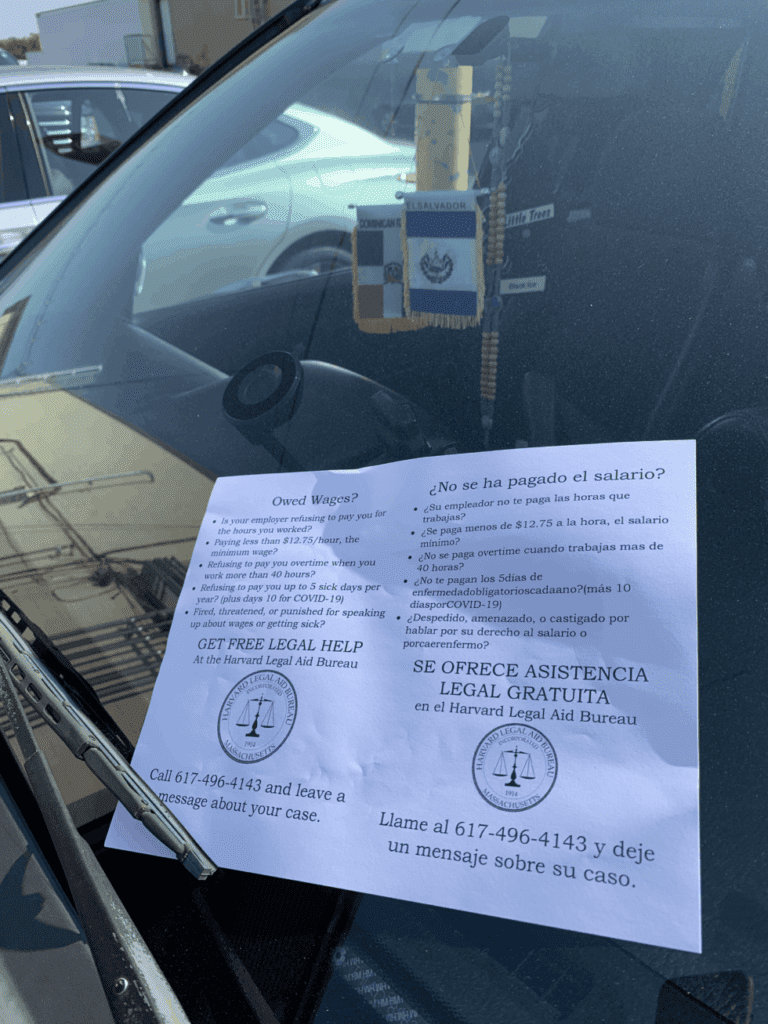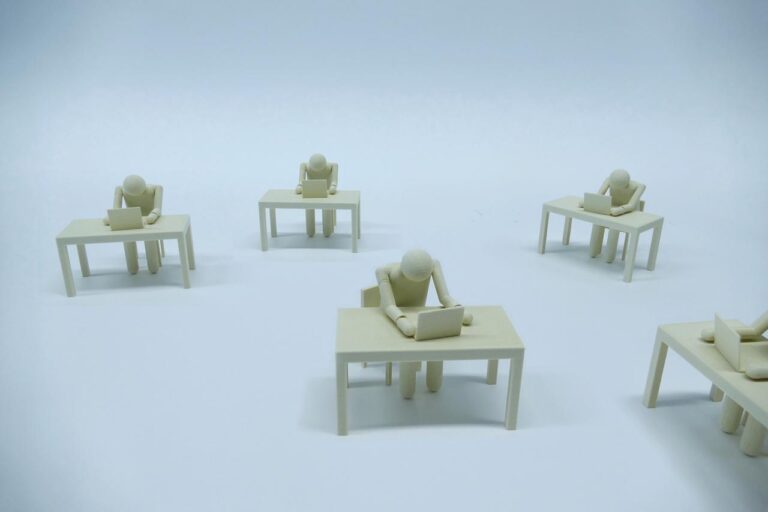
Alex Blutman is a student at Harvard Law School and a member of the Labor and Employment Lab.
A couple of weeks after publishing an open letter requesting that the men’s and women’s national team’s unions agree to a plan that would equalize the FIFA World Cup prize money distributed to the federation, U.S. Soccer announced that it had offered the respective unions identical proposals for a new collective bargaining agreement. The U.S. Women’s National Team Players Association called the offer a publicity stunt, accusing the federation of bargaining through the media. U.S. Soccer responded that a paper offer “of identical contracts to the USWNT and USMNT…is real, authentic and in good faith.” USWNT star Alex Morgan, one of the named plaintiffs in the team’s equal pay suit against U.S. Soccer, said the team is hopeful about the new proposal but that they need to make sure any new agreement recognizes and rewards the players’ true value. In the federation’s latest filing in response to the USWNT’s appeal of the lawsuit, U.S. Soccer emphasized that the total compensation provided for by the women’s team’s CBA was higher than the men’s compensation during the class period regardless of whether the figures were calculated on an aggregate, per game, or revenue basis. U.S. Soccer also reminded the court that the “WNT deliberately negotiated for a CBA that prioritized guaranteed salaries and substantial benefits over higher contingent bonuses.” A spokesperson for the USWNT reiterated that the federation’s arguments ignore “that the women’s team had to be much more successful than the men’s team to make about the same as the men.”
In a case that could have broad implications for public school workers, the Supreme Court is set to decide whether it will hear the appeal of Joe Kennedy, a former high school assistant football coach who was disciplined for praying at midfield after games. Kennedy has argued that the brief, private religious expression in which he engaged is protected by the First Amendment and is not the sort of speech a public employer can regulate because it was not made in his role as a coach. He contends that the Ninth Circuit’s ruling, which affirmed summary judgment to the school district, turns nearly everything public school teachers and coaches say or do into government speech that can be prohibited. The Ninth Circuit endorsed the school district’s position that Kennedy’s post-game behavior is within the scope of his role as a coach and that his prayer, occurring in the presence of students in the middle of a school event while he was on duty, was not private.
More than 500 athletes and various athlete associations signed an amicus curiae brief submitted to the Supreme Court advocating for the protection of abortion rights in Dobbs v. Jackson Women’s Health Organization, a case involving a Mississippi law banning the procedure after 15 weeks of pregnancy and which represents a direct challenge to the landmark 1973 Roe v. Wade decision. The brief’s signatories include basketball and soccer stars such as Sue Bird and Megan Rapinoe, as well as the Women’s National Basketball Players Association and the National Women’s Soccer League Players Association. The brief contends that abortion rights have helped the growth of women’s sports and expresses concern that future athletes, without the right to terminate a pregnancy, would be forced to endure physical tolls that would undermine their ability to “actualize their full human potential.”
The September 20 cover story for Sports Illustrated explains how the WNBA adopted a player-led process to become the first league in North American sports to reach a 99% vaccination rate. When WNBA commissioner Cathy Engelbert first met with the union’s executive director, Terri Jackson, about achieving a high vaccination rate, Jackson explained that the most important thing the league office could do was to stay out of the way. Jackson recalled explaining to Engelbert, “We, [players association] staff, we knew we had to do this. We knew that it had to come purely from the players association, because we are the players, we report to them, and they trust us, period, the end.” The union’s approach was simple: conduct player outreach to gauge concerns and use the results to inform panels with health care professionals with a focus on creating a shame-free, learning-focused environment. In June, the WNBA reached near-total vaccination among its players.
In further developments in Johnson v. NCAA, an employment and wage suit brought by student-athletes against multiple universities and the NCAA, the U.S. District Court for the Eastern District of Pennsylvania dismissed part of the plaintiffs’ proposed class action but denied dismissal against the NCAA, concluding that the athletes plausibly alleged the organization is their joint employer. The plaintiff student-athletes originally brought their suit against three categories of parties: schools which they attended, schools which they did not attend, and the NCAA. The court previously denied a separate motion to dismiss filed by schools which the athletes attended. In the order last week, the court dismissed the suit as to the schools the plaintiffs did not attend, but as to the NCAA, the court found that the plaintiffs’ complaint plausibly alleged that the Third Circuit’s joint employer test applies.










Daily News & Commentary
Start your day with our roundup of the latest labor developments. See all
December 13
In today’s News & Commentary, the Senate cleared the way for the GOP to take control of the NLRB next year, and the NLRB classifies “Love is Blind” TV contestants as employees. The Senate halted President Biden’s renomination of National Labor Relations Board Chair Lauren McFerran on Wednesday. McFerran’s nomination failed 49-50, with independents Joe […]
December 11
In today’s News and Commentary, Biden’s NLRB pick heads to Senate vote, DOL settles a farmworker lawsuit, and a federal judge blocks Albertsons-Kroger merger. Democrats have moved to expedite re-confirmation proceedings for NLRB Chair Lauren McFerran, which would grant her another five years on the Board. If the Democrats succeed in finding 50 Senate votes […]
December 10
In today’s News and Commentary, advocacy groups lay out demands for Lori Chavez-DeRemer at DOL, a German union leader calls for ending the country’s debt brake, Teamsters give Amazon a deadline to agree to bargaining dates, and graduates of coding bootcamps face a labor market reshaped by the rise of AI. Worker advocacy groups have […]
December 9
Teamsters file charges against Costco; a sanitation contractor is fined child labor law violations, and workers give VW an ultimatum ahead of the latest negotiation attempts
December 8
Massachusetts rideshare drivers prepare to unionize; Starbucks and Nestlé supply chains use child labor, report says.
December 6
In today’s news and commentary, DOL attempts to abolish subminimum wage for workers with disabilities, AFGE reaches remote work agreement with SSA, and George Washington University resident doctors vote to strike. This week, the Department of Labor proposed a rule to abolish the Fair Labor Standards Act’s Section 14(c) program, which allows employers to pay […]